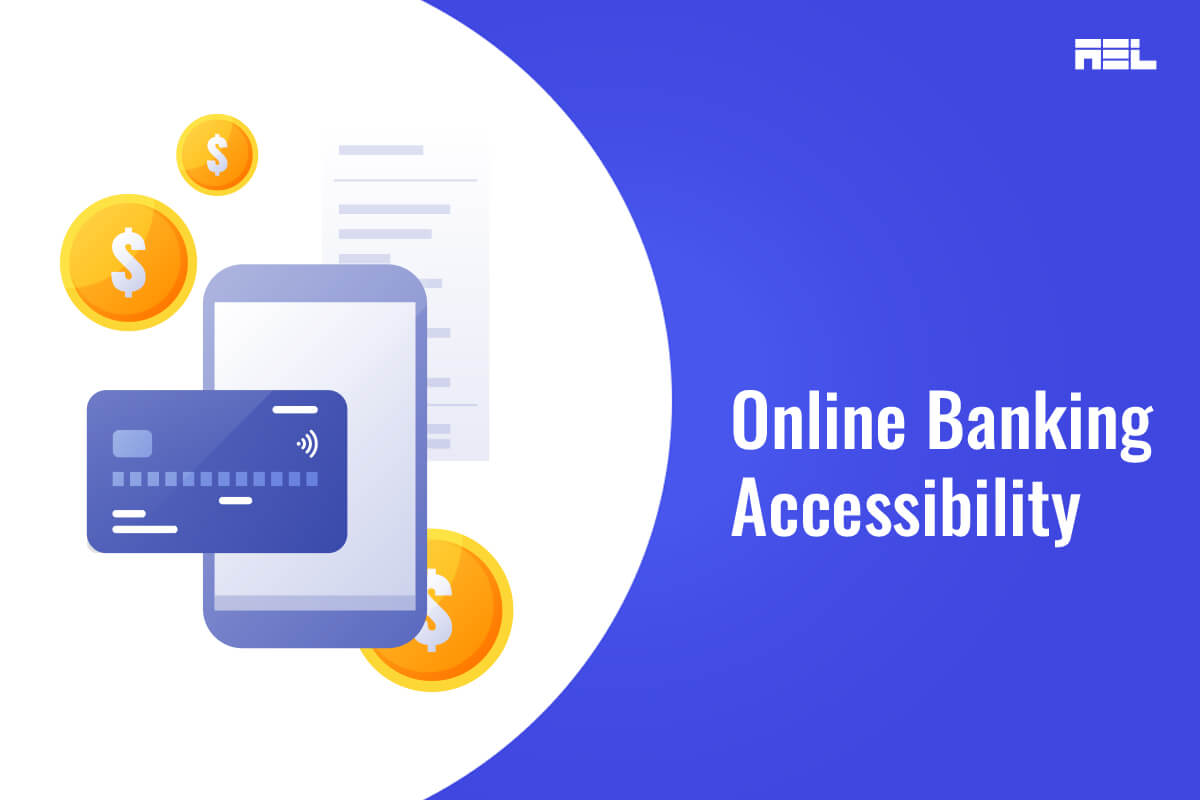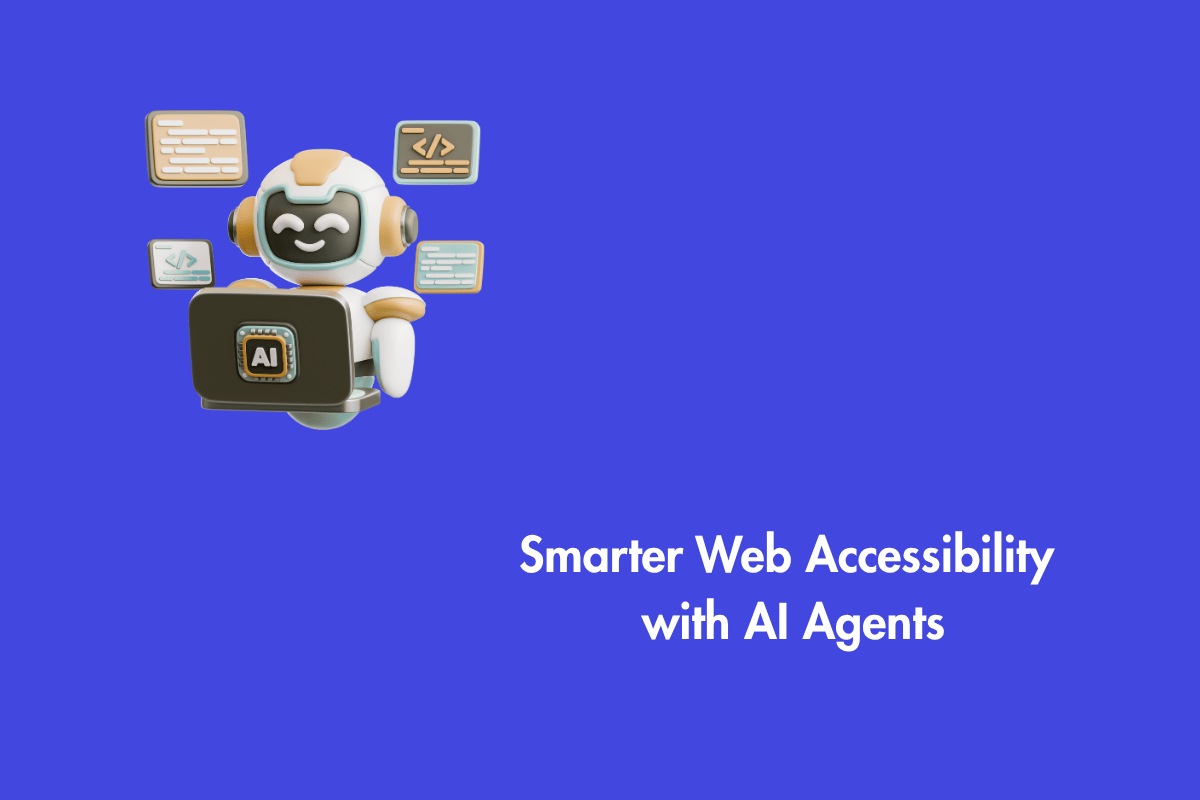Online banking has evolved into an indispensable and user-friendly service for countless individuals worldwide. However, equal access to online banking services remains a challenge for many. Various factors, such as disabilities, low literacy, or digital exclusion, hinder certain individuals from utilizing online banking platforms effectively. This article aims to delve into the significance of online banking accessibility, explore its meaning, and discuss potential avenues for improvement.
Table of Contents
Understanding Online Banking Accessibility
Accessibility is making products, services, or the digital environment available to as many people as possible, regardless of their abilities, preferences, or circumstances. Although it is a legal requirement, it is also regarded as a business opportunity and a social responsibility.
Online banking accessibility ensures that customers can access and employ online banking services through various devices, such as computers, smartphones, tablets, or other technologies. It also involves optimized design and functionality of online banking platforms, including websites, applications, chatbots, and voice assistants.
Inclusive online banking closely aligns with the concept of universal design, which involves creating products and services that cater to all individuals without requiring specialized adaptation.
Universal design principles encompass:
- Equitable use: Designs that are beneficial and marketable to individuals with diverse abilities.
- Flexibility in use: Designs that accommodate a wide range of individual preferences and abilities.
- Simple and intuitive use: Designs that are easily understandable and usable regardless of the user’s experience, knowledge, language skills, or level of concentration.
- Perceptible information: Designs that effectively communicate essential information to users, regardless of ambient conditions or the user’s sensory abilities.
- Tolerance for error: Designs that minimize hazards and adverse consequences resulting from accidental or unintended actions.
- Low physical effort: Designs that can be efficiently and comfortably used with minimal fatigue.
- Size and space for approach and use: Designs that provide adequate size and space for individuals to approach, reach, manipulate, and use the product, regardless of their body size, posture, or mobility.
Primary Concerns in Online Banking Accessibility
Despite the potential benefits of accessible online banking, numerous customers continue to encounter obstacles and barriers while utilizing these services. Some key challenges include:
- Lack of awareness and training: Many customers remain unaware of the available accessibility features and options on online banking platforms, as well as how to use them. Similarly, bank staff often lack the necessary training and resources to assist customers with accessibility needs or queries.
- Absence of standards and guidelines: A universal and consistent standard or guideline for online banking accessibility is lacking across countries, regions, and sectors. Consequently, confusion and inconsistency prevail among banks and customers regarding what constitutes accessible online banking and how to achieve it.
- Insufficient testing and evaluation: Online banking platforms are frequently launched or updated without undergoing thorough testing and evaluation for accessibility issues. This results in errors, bugs, or glitches that hinder the usability and functionality of online banking services for customers with disabilities or other limitations.
- Limited feedback and involvement: Customers with accessibility needs or preferences are often excluded from the design, development, or enhancement of online banking platforms. As a result, online banking services fail to meet their expectations or requirements.
Advantages of Online Banking Accessibility
Enhancing online banking accessibility is not solely a moral obligation but also a strategic advantage for both banks and customers. Some benefits of online banking accessibility include:
- Increased customer satisfaction and loyalty: Customers who can easily and effectively access and utilize online banking services are more likely to be satisfied with their bank and remain loyal customers. They are also inclined to recommend their bank to others and provide positive feedback.
- Expanded customer base and market share: Customers with disabilities or limitations represent a significant untapped market segment for banks. By making online banking services accessible to them, banks can attract new customers and expand their market share.
- Reduced costs and risks: Independent access to online banking services decrease customers’ reliance on physical branches or call centers for their banking needs. This reduces operational costs and risks for banks while enhancing efficiency and convenience for customers.
- Enhanced reputation and social responsibility: Banks that demonstrate a commitment to online banking accessibility gain the trust and support of customers who value diversity and inclusion. This boosts the banks’ reputation and social responsibility, thereby creating a positive impact on society.
Measures to Enhance Online Banking Accessibility
Banks can implement several measures to improve online banking accessibility for their customers. These steps include:
- Conducting an accessibility audit: Banks should conduct a thorough accessibility audit of their existing online banking platforms to identify any issues or gaps that affect usability or functionality for customers with disabilities or limitations. The audit should encompass both technical and content aspects, such as layout, navigation, color contrast, fonts, language, images, audio, video, forms, buttons, and links.
- Implementing accessibility solutions: Banks should implement appropriate accessibility solutions to address the issues or gaps identified in the accessibility audit. These solutions should align with universal design principles and follow the internationally recognized Web Content Accessibility Guidelines (WCAG) 2.1. Furthermore, the solutions should undergo rigorous testing and evaluation to ensure effectiveness and compatibility with different devices and assistive technologies.
- Providing accessibility options and support: Banks should offer customers accessibility options and support to access and utilize online banking services according to their specific needs and preferences. These options and support may involve:
- Clear and concise instructions and information on utilizing accessibility features and options available on online banking platforms.
- Alternative formats and modes of communication for customers who cannot access or use online banking platforms due to sensory, cognitive, or physical impairments. For instance, providing text-to-speech, speech-to-text, sign language, braille, or large print options.
- Accessible customer service and feedback channels for customers seeking assistance or with queries or complaints regarding online banking accessibility. This may entail providing phone, email, chat, or video call options staffed by trained professionals capable of handling accessibility requests or concerns.
- Promoting accessibility awareness and education: Banks should foster a culture of inclusion and respect for diversity by promoting accessibility awareness and education among both staff and customers. This can be accomplished through:
- Training programs and resources for bank staff covering online banking accessibility benefits, challenges, standards, guidelines, solutions, options, and support.
- Provision of information and resources for customers regarding online banking accessibility benefits, challenges, features, options, and support.
- Engaging customers with disabilities or limitations to solicit their feedback and involve them in the design, development, or enhancement of online banking platforms.
Emerging Trends and Innovations in Online Banking Accessibility
Online banking accessibility is not a static concept; it constantly evolves to adapt to technological advancements and changing customer expectations. Some emerging trends and technologies that shape the future of online banking accessibility include:
1. Artificial Intelligence (AI) and Machine Learning (ML):
AI and ML enable computers to perform tasks that typically require human intelligence or learning. These technologies can enhance online banking accessibility by providing personalized and adaptive services for customers with disabilities or limitations. For instance, AI and ML can:
- Analyze customer behavior and preferences to offer tailored recommendations or suggestions for online banking services.
- Detect customer emotions or moods to provide empathetic responses or interventions for online banking services.
- Generate natural language or voice responses or commands for online banking services.
2. Augmented Reality (AR) and Virtual Reality (VR):
By putting digital elements on top of the real world or creating simulated environments, augmented reality (AR) and virtual reality (VR) technologies create immersive and interactive experiences. By providing customers with engaging and accessible ways to access and utilize online banking services, augmented reality, and virtual reality can make online banking more accessible.
For example, AR and VR can:
- Offer visual or auditory cues or guides for customers experiencing difficulty navigating or using online banking platforms.
- Provide realistic simulations or scenarios for customers to learn or practice online banking skills or tasks.
- Create immersive environments or experiences for customers to explore or enjoy online banking services.
3. Blockchain and Cryptocurrency:
By putting digital components on top of present reality or creating stimulated environments, augmented reality (AR) and virtual reality (VR) innovations make immersive and intuitive experiences. Augmented reality and virtual reality have the potential to make online banking more accessible to customers by providing them with engaging and easy-to-use methods of gaining access to and making use of its services. For instance, blockchain and cryptocurrency can:
- Enable faster, cheaper, safer, and more transparent transactions for online banking services.
- Provide customers with more control and privacy over their online banking data and assets.
- Expand opportunities and access for unbanked or underbanked customers experiencing financial exclusion or discrimination.
In conclusion, serving millions of customers worldwide relies heavily on the accessibility of online banking. Not only is it required by law, but banks also have a social responsibility and a business opportunity to do so. By figuring out the importance and meaning of Internet banking accessibility, the techniques for development, and the emerging trends and technologies, banks can give better web-based services while creating a positive impact on society.



